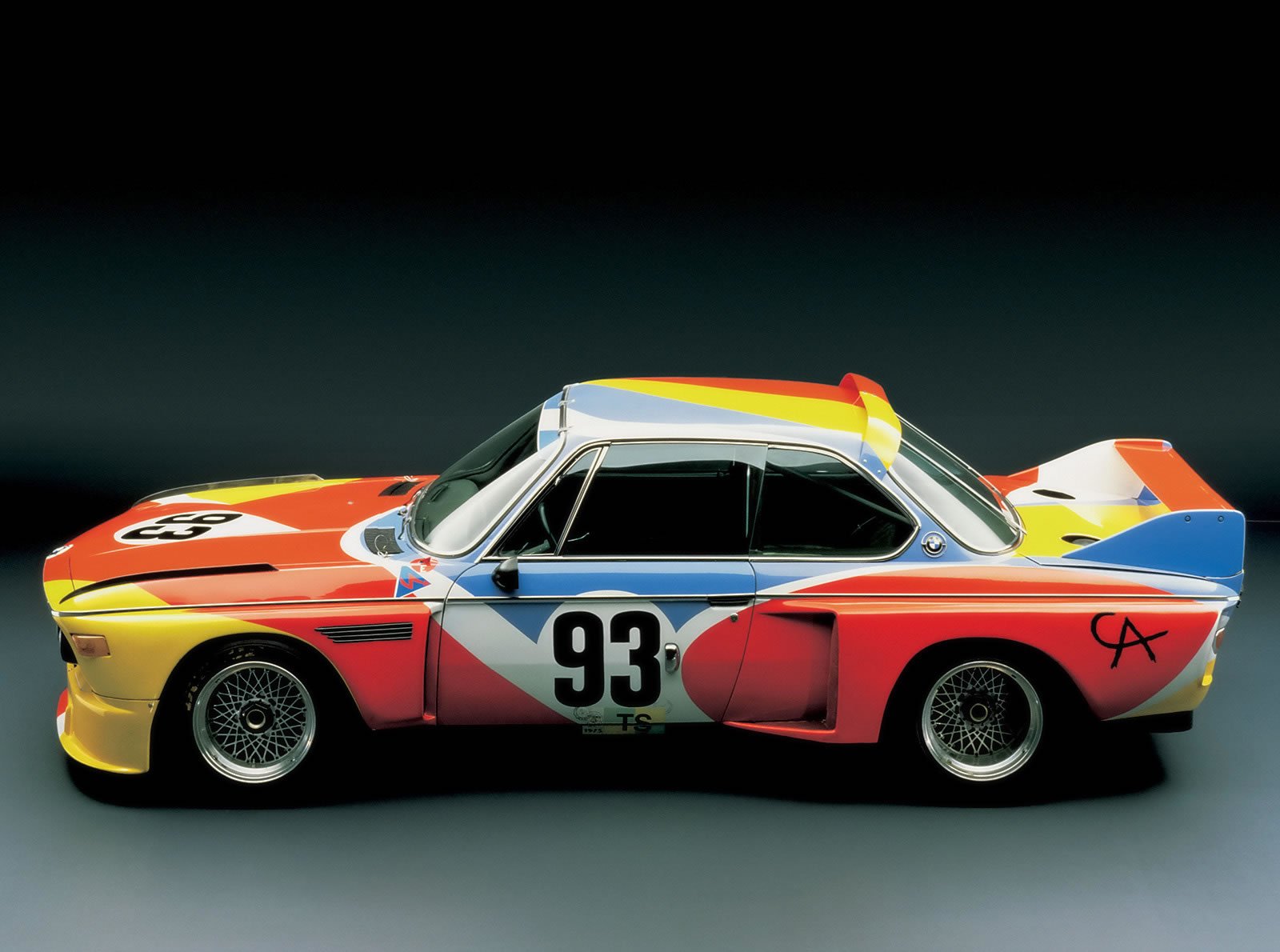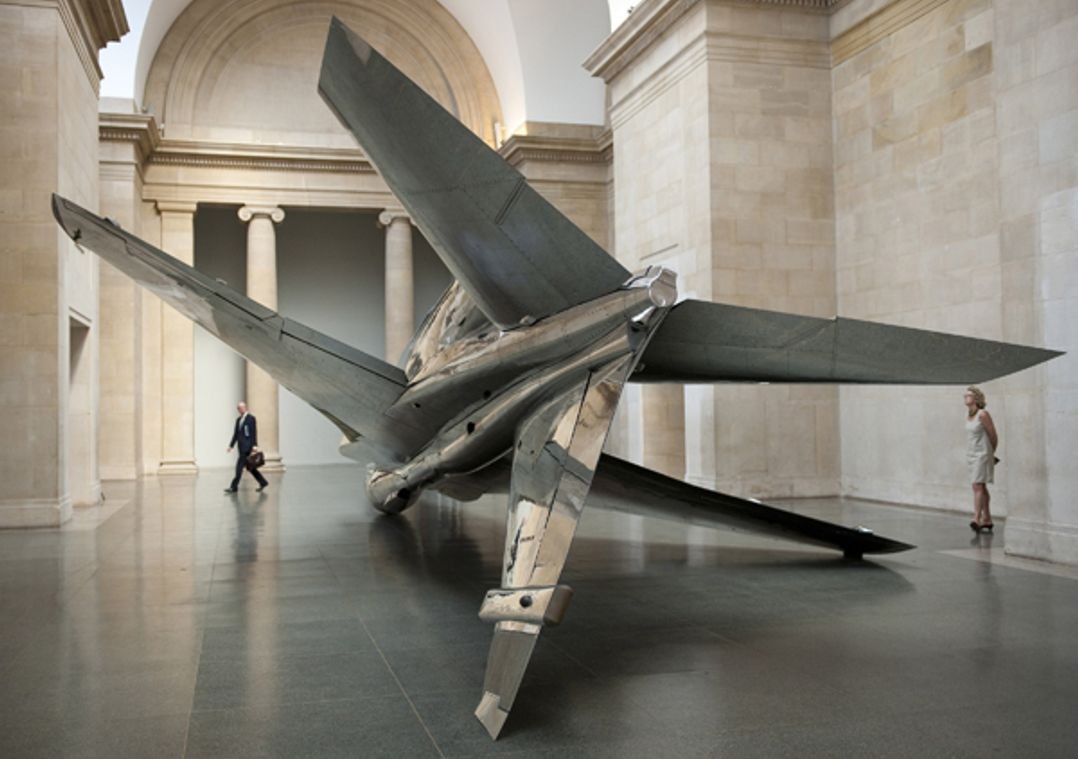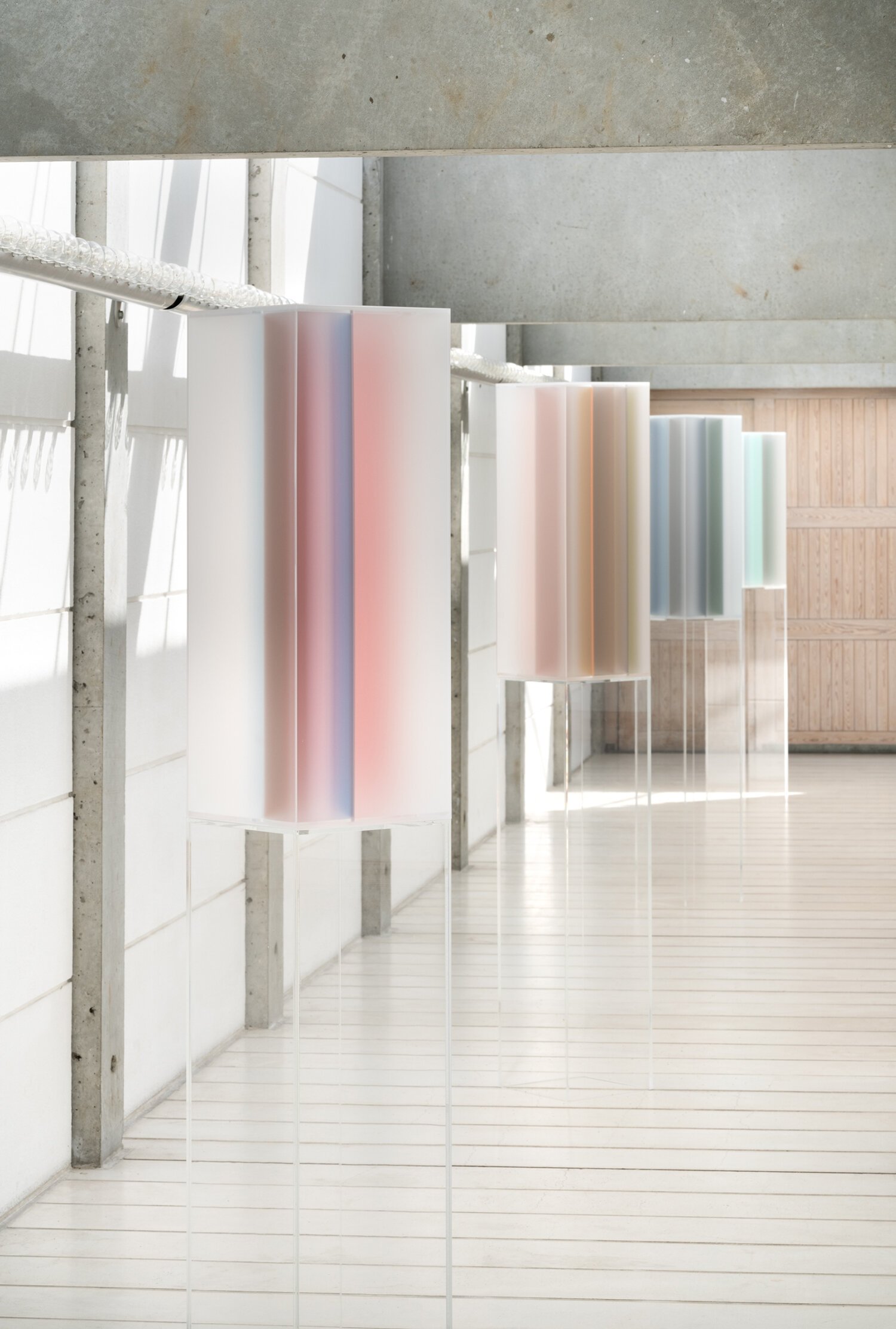Architecture: The Mother of All Arts
Photo of Hannah Tribe and Kelvin Ho by Manolo Campion | Photo of Suchi Reddy by Heather Hazzan
Without an architecture of our own we have no soul of our own civilization.” Art and its value should be measured by the emotions it engenders. Painting and sculpture can be independent, however when applied to ar- chitecture, their integration goes beyond mere decoration; it imbues spaces with identity and character, transforming them into immersive experiences that engage and inspire, becoming part of a whole. The influence of art in architecture is profound and multifaceted, reflecting a symbiotic relationship where each discipline enriches the other. Artistic principles and aesthetics play a crucial role in architectural design, dictating form, space and the emotional impact of structures.
A-M Journal invited three acclaimed architects – Hannah Tribe, Kelvin Ho and Suchi Reddy – to list five seminal pieces of art that have provided in- spiration throughout their practice.
Photography by Manolo Campion
Hannah Tribe
Mantua Nangala, Commissioned work for 4th Indigenous Art Triennial: Ceremony, NGA, 2021
These paintings, on an epic scale, are incredible feats of skill, embedding stories and country and map and song and poetry and secret women’s busi- ness. I am so moved by the narrative and abstract power of these works, and by the reminder of the connectedness of story to Country.
Sol Lewitt, 10,000 lines not straight not touching.
This was a completely transformative experience for me, seeing a whole body of LeWitt’s work, playful conceptual works of purity, rigour and joy in the Whitney Museum, one of my favourite buildings. And this is where I first read his incredible motivational letter to sculptor Eva Hesse, which everyone should read.
Hilma af Klimt
I was lucky enough to see the incredible exhibition at the Art Gallery of New South Wales for the one enchanted night it was open during the COVID lockdowns. It was like Hilma af Klint had preempted a whole century of art movements in one room of paintings of swans. My favourite has to be The Swan, no. 17, 1915…created the same year Kazimir Malevich was making his first Black Square painting.
Caroline Rothwell, Gauge, 2023. Courtesy of Roslyn Oxley9 Gallery
Richard Serra, ‘Torqued Ellipses,’ Dia Beacon.
It’s a cliché for architects to be obsessed with Serra. Walking in these monumental sculptures, feeling the walls peel in and out, is unbalancing, like being on a rollercoaster – a real lesson in the power of expert space-making and finely calibrated three-dimensional geometry.
Caroline Rothwell, Gauge, 2023.
Grid, craft, playfulness, seriousness, narrative, melancholy, sex, wit, tactility and a reminder of the connectedness of it all – this work has all my things.
Photography by Manolo Campion
Kelvin Ho
Alexander Calder BMW 3.0 CSL, 1975.
This is the first BMW Art car driven in the 24 Hours of Le Mans race in 1975. My father was involved in the Australian Exhibition of this car in 1989, and seeing this blend of art and automobile was deeply inspiring and ultimately led to my passion for cars and Alexander Calder’s work. It holds special sig- nificance, as it was one of Calder’s last pieces before he died.
Fiona Banner, Harrier and Jaguar, 2010.
I reference this piece by Fiona Banner a lot in my work. I love the decontextu- alising of messaging through materiality and placement. I love the contradic- tion of the jet within the classical architecture, and the scale is also wonderful.
Bridget Stehli, Kittens, 2022.
I met Bridget when she was exhibiting her first solo show around the corner from my studio in Surry Hills. The show was a series of oil paintings and woven rugs of kittens and scenes from gay pornography. I bought this kitten piece because it’s super cute and has so much detail, even though it is not much bigger than a postage stamp... And I’m allergic to cats!
Brett Whiteley, #05, 1989.
Brett Whiteley’s 1989 Paris series was deeply inspirational in leading me to become an architect. The way Whiteley mapped a city through a series of interactions and moments with architecture – dogs pissing, Giacometti’s stu- dios, bars, etc, made me see how a city can come alive. I also loved the fish-eye perspective of these works; it echoes the images of the skateboard photography I was also deeply obsessed with growing up.
Christina Augustesn, Daylight Instruments, 2020.
I met Christina in 2019, when I was getting married in Mallorca. Christina is an architect and lighting artist who was in residency at Can Lis, a summer house in Mallorca designed by Danish Architect John Utzon. Christina was kind enough to allow me to spend time with her at the house. Her work Daylight Instruments is a result of colour and light studies of Can Lis, and embodies both architecture and art in a way that inspires my work.
Photography by Heather Hazzan
Suchi Reddy
Ana Mendieta, Untitled, 1978.
I love this work particularly because of the primal relationship to body and earth it evokes. All of Ana Mendieta’s works are unerring, distilled represen- tations of her belief, which I deeply resonate with, that there is “one universal energy which runs through all being and matter, all space and time”. Her fearless exploration of body and space and matter is a theme very close to my heart as an architect.
Lygia Pape, Ttéia 1, 1976 – 2004.
As a key figure in the Concrete and NeoConcrete movements, Lygia Pape’s ability to deconstruct form has been a great inspiration to me. In this work, which I had the privilege of witnessing, her deconstruction of the cross into an installation that recalls so much more than religiosity alone is mesmerising. With the most minimal means, she manages to explore magical realms of an idea, and I am always in awe of her work.
Doris Salcedo, Shibboleth, 2007.
The themes of Doris Salcedo’s work – whether architecture, furniture, vestig- es, remnants or physical forms – always evoke in me a longing to see more. This is no small feat, truly. Shibboleth, a giant crack in the floor of the Tate Modern, speaks to the ostracising of immigrants, a topic very close to my heart. Lined with stone from her native Colombia, in this work Salcedo po- etically outlines the negative space that immigrants from the so-called Third World occupy in the West.
Hito Steyerl, Power Plants, 2019.
The first time I saw Hito’s work I was blown away. The depth of her thinking and breadth of her interdisciplinary exploration was so in line with my fasci- nations. I think I have spent more time experiencing her works than of any other artist. Power Plants, made in 2019, is part of a series of works around ‘power’, one of the recurring and fascinating themes in Hito’s work. It uses artificial intelligence to create ‘predicted’ plants located exactly 0.04 seconds in the future, while being presented as an ensemble that might grow out of waste or destruction.
Mary Ellen Carroll, Prototype 180, 1999–ongoing.
Mary Ellen’s work Prototype 180 makes architecture perform as art. By rotat- ing a house back to front, she interrupted the existing “unthinking” typology of the southwest Houston neighborhood of Sharpstown. The otherwise un- remarkable site became a focus of radical emphasis on the processes that contribute to our built world. The work was also transformed into a new art- work through a public performance called Daringly Unbuilt, during which it was publicly unbuilt. Watching this work come apart was more than merely thought-provoking, it was visceral.















